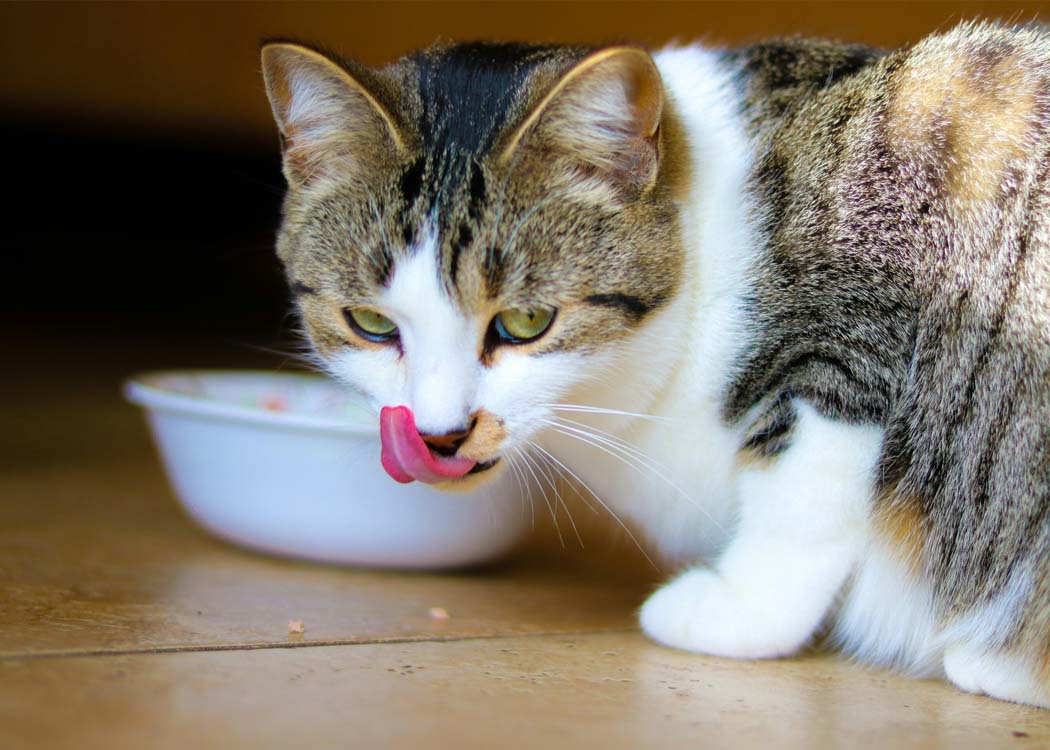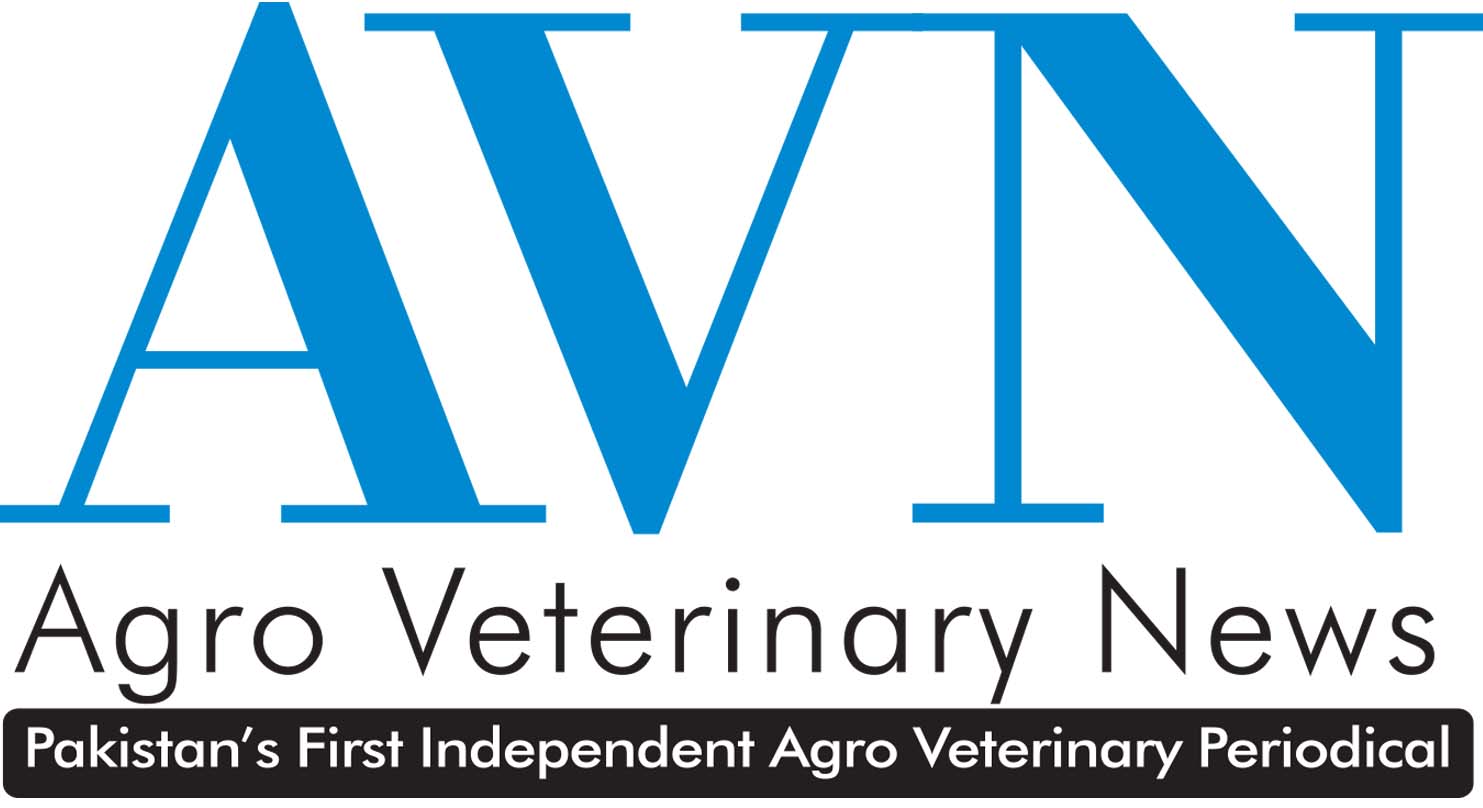New study finds salmonella, antibiotic-resistant bacteria, and labeling discrepancies in raw cat foods, posing risks to pets and owners.
ITHACA, NEW YORK: A new study has detected dangerous pathogens, including antibiotic-resistant bacteria, in commercial raw cat foods, raising serious health concerns for both pets and their owners. The research, published on September 24, 2025, in Communications Biology, highlights the potential risks associated with feeding cats raw or partially cooked meat products sold frozen, refrigerated, or freeze-dried.
Researchers found several harmful microbes — including Salmonella, Cronobacter, E. coli, Klebsiella, Clostridium perfringens, and antibiotic-resistant Pseudomonas — in samples of raw and partially cooked cat foods. These pathogens are capable of transferring from pets to humans and are particularly dangerous for children, older adults, pregnant women, and people with compromised immune systems.
Laura Goodman, Ph.D. ’07, assistant professor in the Department of Public and Ecosystem Health and the Baker Institute for Animal Health at Cornell University’s College of Veterinary Medicine, warned about the hidden risks. “Most of these products have no warning labels on them showing that the meat ingredients are not fully cooked, indicating that they could harbor live bacteria and potentially viruses and parasites that would make a family very sick,” she said. “Particularly for the freeze-dried products sold on shelves, consumers likely have no idea they are taking on that risk.”
Pathogen detection and public health implications
The study’s authors used standard Food and Drug Administration (FDA) culturing methods to analyze microbial communities (microbiomes) in raw and conventionally cooked cat food samples. The team detected five strains of salmonella in raw food products and uploaded their genetic sequences to a federal database used for tracking human salmonellosis cases. Some human cases showed close genetic similarity, suggesting that people may have been sickened by the same contaminated products.
Researchers also applied nonstandard culturing techniques and isolated antibiotic-resistant pseudomonas, a bacterium that can cause severe lung, blood, and urinary tract infections. Additionally, they discovered klebsiella, which may lead to pneumonia or urinary tract infections, and clostridium perfringens, a pathogen commonly associated with gastroenteritis and foodborne outbreaks during holidays.
Mislabeling and ingredient discrepancies
Mitochondrial DNA fingerprinting revealed that some products were mislabeled, with meat types not matching what was listed on packaging. “We did find some discrepancies in the labelling across all formulations, not just the raw food,” Goodman said. In some cases, chicken was present despite not being listed as an ingredient, which is concerning for cat owners who avoid chicken due to the risk of avian influenza.
Indeed, a recent fatality linked to raw cat food was reported in California, further underscoring the potential danger of feeding pets improperly processed products.
Implications for regulation and consumer awareness
Currently, the FDA regulates and tests for a limited number of bacteria in raw cat foods, with compliance policies primarily focused on human pathogens. This study provides new evidence of a wider range of microbial risks, which researchers hope will inform future food safety policies.
The project was supported by the Cornell Feline Health Center Natural Nutrition Award. The Feline Health Center has published a dedicated resource page to educate cat owners about avian influenza and safe feeding practices. Public health experts are urging cat owners to exercise caution when purchasing raw cat foods and to follow safe handling guidelines to minimize cross-contamination risks.






